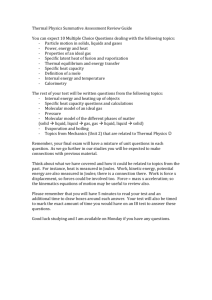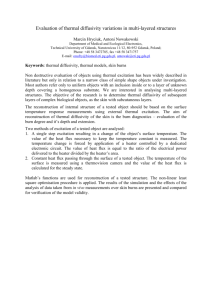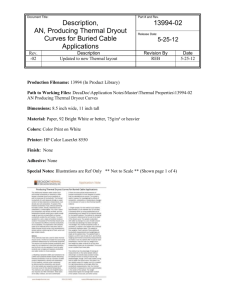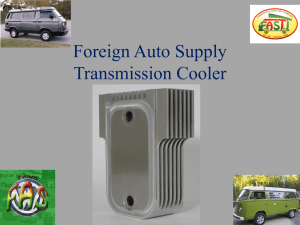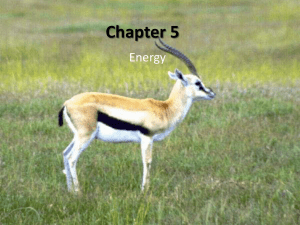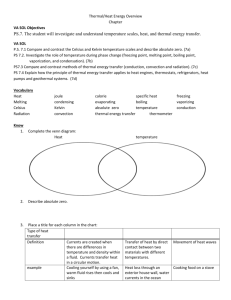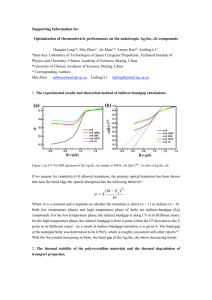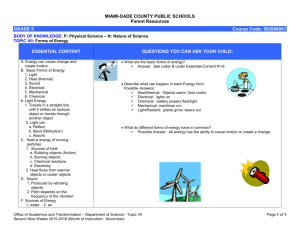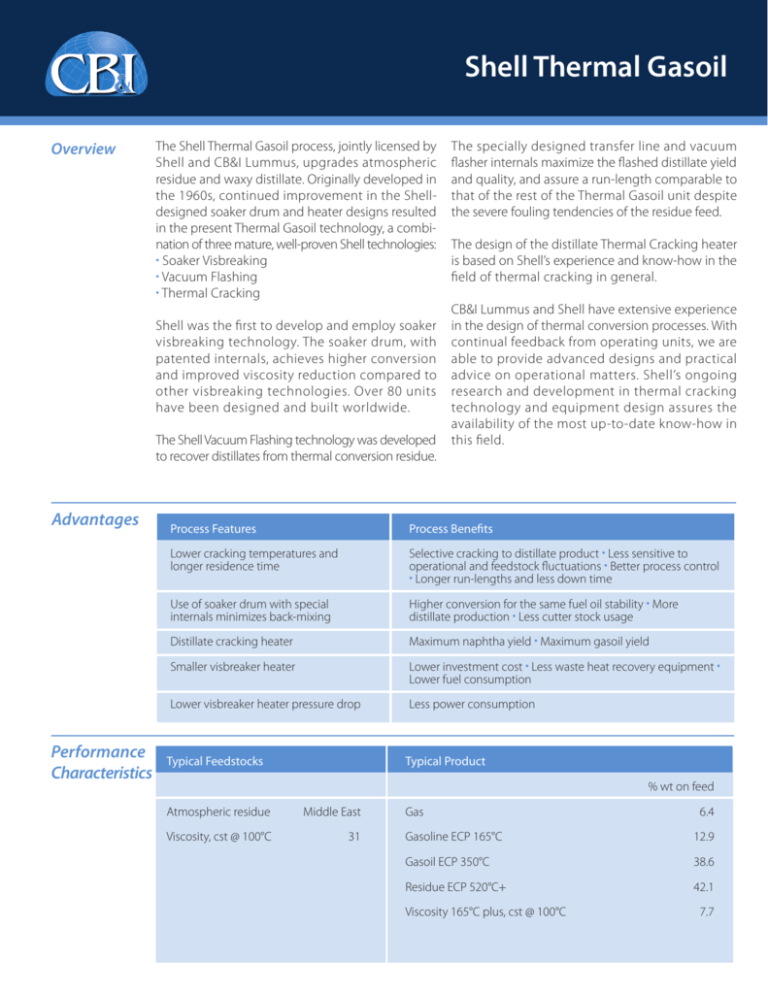
Shell Thermal Gasoil
Overview
The Shell Thermal Gasoil process, jointly licensed by
Shell and CB&I Lummus, upgrades atmospheric
residue and waxy distillate. Originally developed in
the 1960s, continued improvement in the Shelldesigned soaker drum and heater designs resulted
in the present Thermal Gasoil technology, a combination of three mature, well-proven Shell technologies:
• Soaker Visbreaking
• Vacuum Flashing
• Thermal Cracking
Shell was the first to develop and employ soaker
visbreaking technology. The soaker drum, with
patented internals, achieves higher conversion
and improved viscosity reduction compared to
other visbreaking technologies. Over 80 units
have been designed and built worldwide.
The Shell Vacuum Flashing technology was developed
to recover distillates from thermal conversion residue.
Advantages
Performance
Characteristics
The specially designed transfer line and vacuum
flasher internals maximize the flashed distillate yield
and quality, and assure a run-length comparable to
that of the rest of the Thermal Gasoil unit despite
the severe fouling tendencies of the residue feed.
The design of the distillate Thermal Cracking heater
is based on Shell’s experience and know-how in the
field of thermal cracking in general.
CB&I Lummus and Shell have extensive experience
in the design of thermal conversion processes. With
continual feedback from operating units, we are
able to provide advanced designs and practical
advice on operational matters. Shell’s ongoing
research and development in thermal cracking
technology and equipment design assures the
availability of the most up-to-date know-how in
this field.
Process Features
Process Benefits
Lower cracking temperatures and
longer residence time
Selective cracking to distillate product • Less sensitive to
operational and feedstock fluctuations • Better process control
• Longer run-lengths and less down time
Use of soaker drum with special
internals minimizes back-mixing
Higher conversion for the same fuel oil stability • More
distillate production • Less cutter stock usage
Distillate cracking heater
Maximum naphtha yield • Maximum gasoil yield
Smaller visbreaker heater
Lower investment cost • Less waste heat recovery equipment •
Lower fuel consumption
Lower visbreaker heater pressure drop
Less power consumption
Typical Feedstocks
Typical Product
% wt on feed
Atmospheric residue
Middle East
Viscosity, cst @ 100°C
31
Gas
6.4
Gasoline ECP 165°C
12.9
Gasoil ECP 350°C
38.6
Residue ECP 520°C+
42.1
Viscosity 165°C plus, cst @ 100°C
7.7
Shell Thermal Gasoil
Process Flow
Diagram
Offgas
Naphtha
Atmospheric
Fractionator
Steam
Heavy Gasoil
Gasoil
Steam
Cyclone
Soaker
Distillate Thermal
Cracking Heater
Vacuum Flasher
VGO
Vacuum Flashed
Cracked Residue
Atmospheric
Residue
Visbreaker
Heater
Process
Description
Atmospheric residue is pumped through feed
preheat exchangers, where the feed is heated
against cracked residue, to the visbreaker heater. The
feed is heated to the required cracking temperature
and routed to the soaker where the majority of the
thermal cracking occurs under controlled conditions.
The soaker effluent is routed to a cyclone and the
cyclone overheads are charged to the flash zone of
the atmospheric fractionator.
In the top section of the fractionator, the soaker
effluent is split into four fractions: heavy gasoil,
gasoil, naphtha, and offgas. The gasoil is taken from
the fractionator as a draw-off, steam stripped in a
side stripper to improve the flash point, and sent to
the battery limit. The overhead vapors are condensed
in a two-stage condensing system: in the first stage,
only the reflux is condensed; in the second stage,
the naphtha product is condensed. From the
overhead system, the offgas and naphtha are sent
to the battery limit.
Inside the fractionator, the liquid is quenched to
prevent further cracking and then steam-stripped.
The hot fractionator bottoms, together with the
cyclone bottoms, are routed to the vacuum flasher
where the vacuum gasoil (VGO) is recovered. The
VGO is sent, together with the heavy gasoil from
the atmospheric fractionator, to a distillate thermal
cracking heater where it is partly converted into
lower boiling fractions. The heater effluent is routed
to the flash zone of the atmospheric fractionator.
The unconverted heavy gasoil is recovered in the
fractionator and vacuum flasher and is recycled
back to the distillate thermal cracking heater to
maximize the gasoil yield.
The vacuum-flashed residue is cooled against the
VGO and then by steam generation. The cooled
residue is sent to fuel oil blending where it is
blended with gasoil product and/or other cutterstocks to meet the specified fuel oil viscosity.
www.CBI.com/lummus-technology
Only employees, agents, or representatives authorized under and pursuant to written agreement
with CB&I are authorized to distribute this brochure to an actual or potential client of CB&I.
©Copyright 2012 by Chicago Bridge & Iron Company. All rights reserved.

